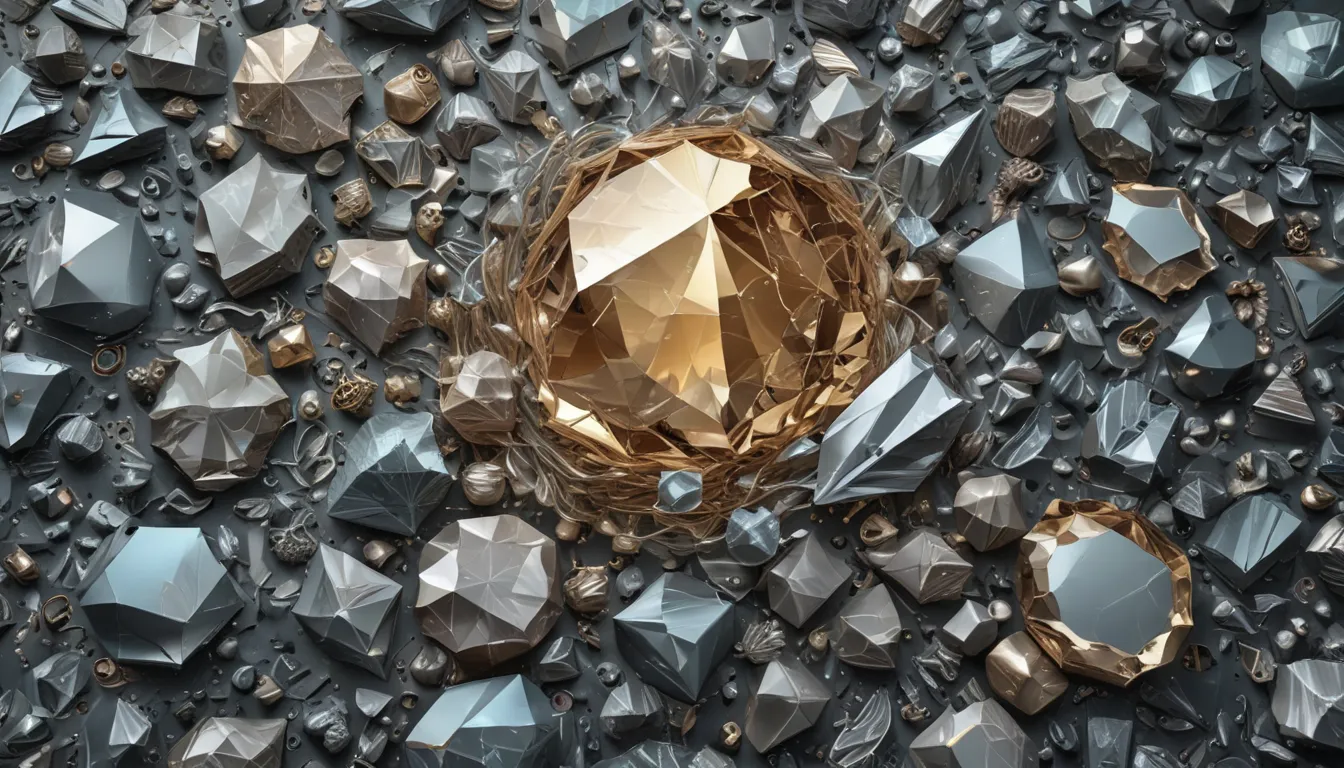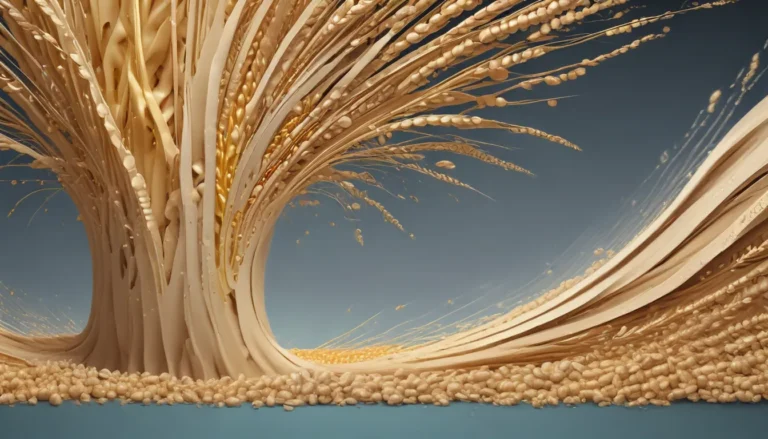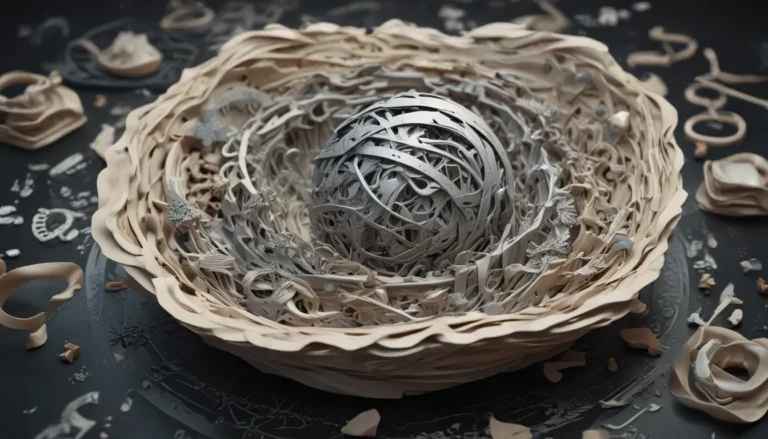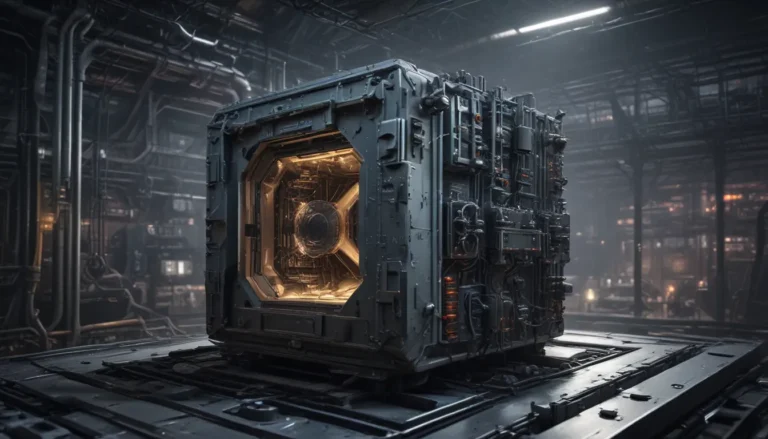A Note About Images: The images used in our articles are for illustration purposes only and may not exactly match the content. They are meant to engage readers, but the text should be relied upon for accurate information.
Polycrystalline materials are a captivating field of study within the realm of chemistry, offering unique properties and applications that set them apart from single-crystal materials. From their multiple crystal structures to their enhanced mechanical strength and diverse applications in electronics, construction, and manufacturing, polycrystalline materials truly stand out as superheroes in the material world.
In this article, we will delve into 19 extraordinary facts about polycrystalline materials, shedding light on their importance, impact, and hidden secrets. Whether you’re a chemistry enthusiast, a materials scientist, or simply curious about the wonders of the natural world, get ready to embark on an educational journey through the intriguing world of polycrystalline materials.
Understanding the World of Polycrystalline Materials
Polycrystalline materials are characterized by multiple crystal structures, known as grains, that form a complex network within the material. Unlike single-crystal materials, polycrystalline materials consist of numerous small crystals with random orientations, contributing to their unique properties and behaviors. These materials exhibit enhanced mechanical strength, thanks to the presence of multiple grains that act as barriers to dislocation movement, making them stronger and more resistant to deformation.
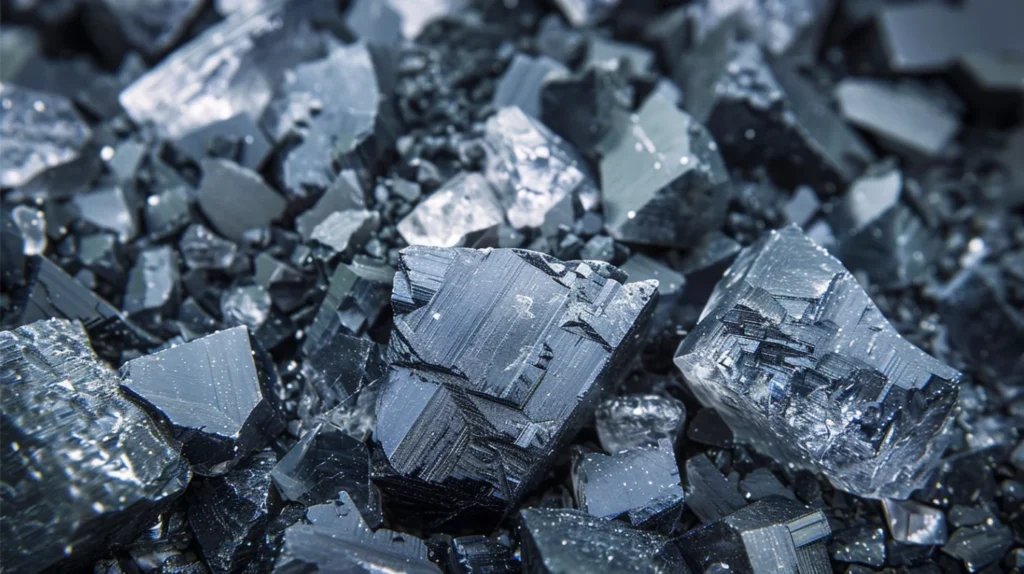
The Versatile Applications of Polycrystalline Materials
- Widely Used in Electronics: Polycrystalline materials play a crucial role in the manufacturing of electronic devices such as integrated circuits, solar cells, and LEDs due to their unique electrical and optical properties.
- Customizable Properties: These materials can be tailored for specific applications by manipulating composition, grain size, and grain boundary characteristics, allowing for the development of materials with enhanced properties.
- High Thermal Conductivity: Polycrystalline materials, especially those made of ceramics or metals, exhibit excellent thermal conductivity, making them suitable for applications requiring efficient heat transfer.
Specialized Applications and Properties of Polycrystalline Materials
- Hard and Durable Cutting Tools: Materials like tungsten carbide are widely used in the production of cutting tools due to their exceptional hardness, wear resistance, and toughness.
- Piezoelectric Properties: Certain polycrystalline materials, such as lead zirconate titanate, exhibit piezoelectric properties, converting mechanical stress into electrical signals and finding applications in sensors and ultrasound transducers.
- Magnetic Behavior: Some polycrystalline materials, including iron-nickel alloys, exhibit strong magnetic properties and are used in sensors, transformers, and magnetic storage devices.
Advancements in Energy Storage and Renewable Technologies
- Energy Storage Materials: Polycrystalline materials like lithium cobalt oxide are extensively used in rechargeable batteries and energy storage systems for their efficient energy storage and release capabilities.
- Solar Cell Efficiency: Polycrystalline silicon, a common material in solar cells, is influenced by grain arrangement, impacting sunlight absorption and electricity conversion efficiency.
Diverse Properties and Applications in Various Industries
- Aerospace Alloys: Polycrystalline materials are added to alloy compositions to improve strength and mechanical performance, finding applications in aerospace, automotive, and infrastructure industries.
- Corrosion Resistance: Materials like stainless steel offer excellent corrosion resistance, making them suitable for applications in harsh environments or exposure to corrosive substances.
Exploring the Intriguing World of Materials Science
Polycrystalline materials serve as model systems for studying the effects of grain boundaries, defects, and microstructure on material properties. Their versatile properties, encompassing metallic conductivity, non-metallic characteristics, and anisotropic behavior, make them essential in various technological applications, from electronics to energy storage systems.
The Role of Polycrystalline Materials in Advanced Applications
- Strain Hardening Behavior: Polycrystalline materials exhibit strain hardening when subjected to plastic deformation, enhancing their strength during metal forming processes.
- Additive Manufacturing: Techniques like 3D printing rely on polycrystalline materials to create complex and customized objects by controlling microstructure and producing intricate geometries.
Uncovering the Possibilities and Limitless Innovations
Polycrystalline materials continue to revolutionize science and industry with their exceptional properties and applications, offering endless possibilities for innovation and discovery. Whether it’s advancing solar energy technologies, developing stronger construction materials, or enabling breakthroughs in aerospace and medicine, the study of polycrystalline materials remains crucial for the advancement of science and technology.
Embracing the Future of Polycrystalline Materials
Continued research and development in the field of polycrystalline materials promise to uncover even more fascinating facts and unlock new possibilities for these remarkable materials. Their unique microstructure, versatility, and impact in various industries make them indispensable components of our technological landscape, shaping the future of materials science and innovation.
FAQs: Exploring More About Polycrystalline Materials
What are polycrystalline materials?
Polycrystalline materials are solids composed of multiple crystallites or grains, each with its own crystal structure, resulting in unique properties.
How are polycrystalline materials used in technology?
These materials find applications in industries like solar energy, semiconductors, aerospace, medicine, and electronics, driving advancements in energy conversion and material engineering.
What sets polycrystalline materials apart from single-crystal materials?
Polycrystalline materials have multiple crystallites with different orientations, offering diverse properties and behaviors compared to uniform single-crystal materials.
Can polycrystalline materials be synthesized or manufactured?
Yes, these materials can be synthesized through processes like solidification, precipitation, or sintering, enabling the production of materials with specific properties and characteristics.
Conclusion: Unveiling the Marvels of Polycrystalline Materials
In conclusion, polycrystalline materials represent a groundbreaking field of study with exceptional properties and applications that continue to shape our world. From their diverse characteristics to their vital role in technological advancements, these materials stand at the forefront of innovation and discovery in materials science. As we deepen our understanding of polycrystalline materials and push the boundaries of research and development, we can anticipate even more remarkable breakthroughs and transformative applications in the future.
Polycrystalline materials are a testament to the endless wonders of materials science, offering a wealth of opportunities for exploration and learning. As we unravel the mysteries of these extraordinary materials, we pave the way for new discoveries and innovations that will propel us into a future filled with limitless possibilities. Join us on this captivating journey through the world of polycrystalline materials and witness the magic of science and technology in action.
